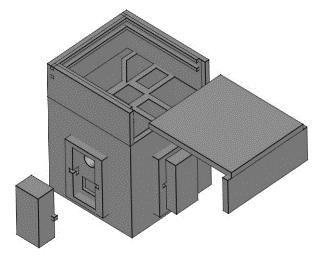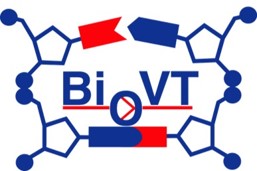Development of a smartphone analysis system for process control in wine production
German wines - A success story
The German wine industry is unique in many respects. Not only do German winegrowers produce highly regarded wines worldwide, they also do so under special conditions. With around 9 million hL of wine produced, Germany is one of the 10 largest wine-growing nations in the world. The special feature of the German wine industry is that the wine is produced by a large number of small businesses. On average, German wineries are 50 times smaller than their competitors in California or Australia. Due to this industry structure, the wineries do not have the necessary resources to carry out oenological process control in their own operations.
Cellar masters in the 21st century
As part of the AiF research project, which is funded by DECHEMA e. V., a portable analysis system is to be developed to determine process analytical parameters in the winery. Important parameters are the total phenol content, protein stability, crystal stability, SO2, histamine, wine color and the live cell count of bacteria and yeasts. The project is being carried out in cooperation with Prof. Dr. Ulber, Department of Bioprocess Engineering at TU Kaiserslautern, and Prof. Dr. Scharfenberger-Schmeer, Department of Microbiology at the Wine Campus. The prototype and the software for the portable analysis system are being developed at the TU Kaiserslautern. (Fig. 1). The new measuring chamber should be able to carry out measurements that enable the detection of scattered light (nephelometry) in addition to classic photometry, i.e. the measurement of transmitted light (transmission/absorption). Fluorescence spectrometric measurements should also be possible.


Dr. Marcel Hensel
sponsored by:


Project partners



